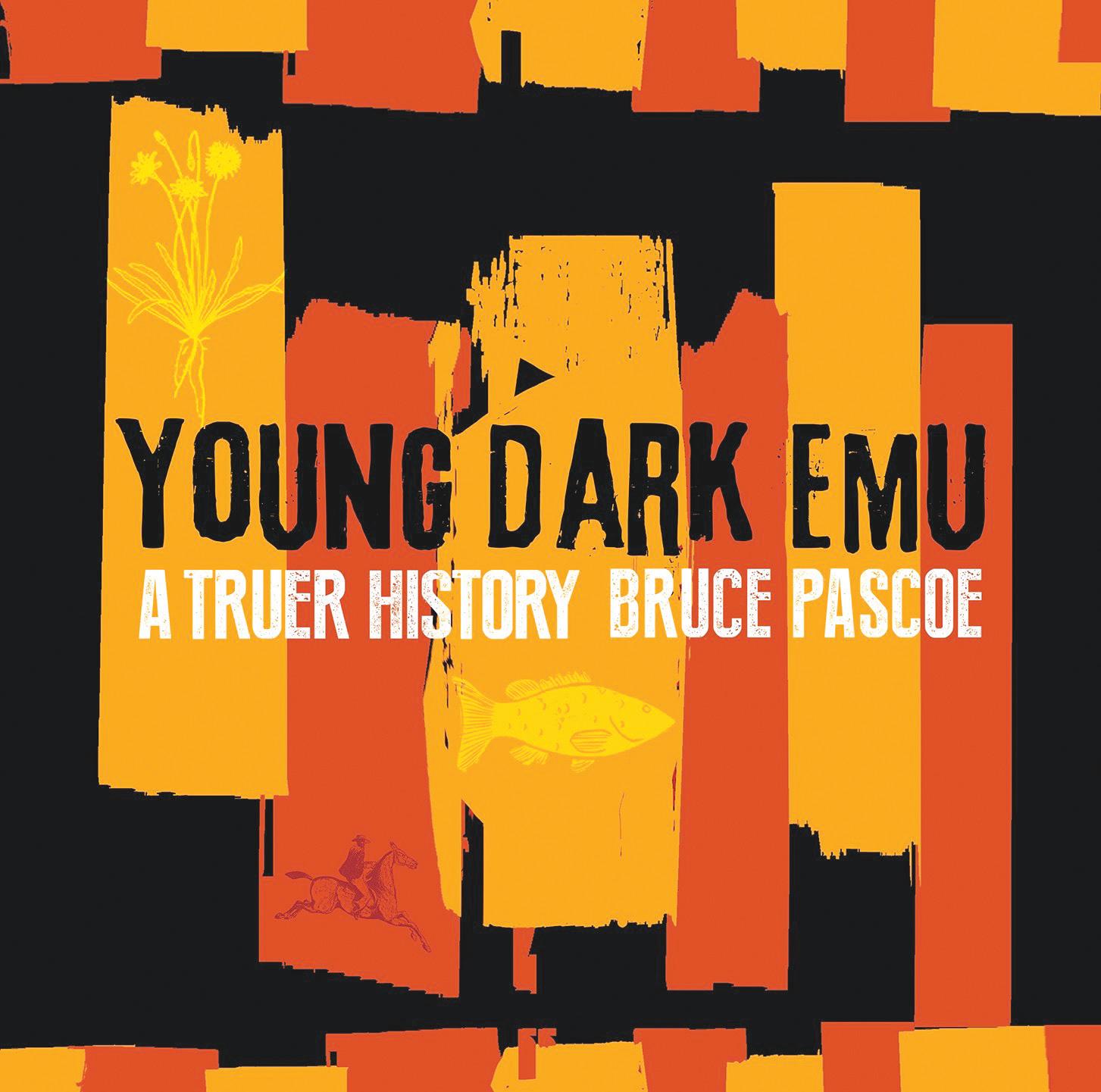
3 minute read
Dark Emu and Young Dark Emu, A Truer History
from Bedrock #3 2020
by IEU NSW/ACT
There’s a persistent belief, not just in Australia but around the world, that when white settlers first began arriving on this continent it was virtually unaltered by human hand, journalist Sue Osborne writes.
It’s widely accepted that the Indigenous inhabitants consisted of nomadic hunter gathers who did not live in settlements.
Advertisement
Bruce Pascoe’s groundbreaking Dark Emu, first published in 2014 by Magabala Books, turns all this around by prosecuting a persuasive case, backed by research and evidence, that Indigenous Australians farmed their land, lived in villages, built permanent houses, harvested cereals and built complex aquaculture systems.
Young Dark Emu: A Truer History, published this year, also by Magabala Books, is a children’s version of Dark Emu accompanied by photographs and drawings.
Dark Emu was shortlisted for the History Book Award in the 2014 Queensland Literary Awards, the 2014 Victorian Premier’s Award for Indigenous Writing, was the winner of the Book of the Year in the 2016 in the NSW Premier’s Literary Awards and the winner of the Indigenous Writer’s Prize in the 2016 NSW Premier’s Literary Awards.
Heavily relying on diary entries of settlers from the time, both books are a catalyst for a revisionist discussion of the way we view our history. It also makes us question our modern agriculture practices and attitude to the environment.
Pascoe shows how Indigenous people had been growing crops for eons without causing the catastrophic degradation that the introduction of cattle, sheep and other feral species
Review: Dark Emu and Young Dark Emu, A Truer History
and crops has caused. For example Pascoe writes: “Kirby and Beveridge found vast acreages of rushes that the Wati Wati were harvesting and nurturing. The reeds looked like large fields of ripe wheat: and nearer, where they had burnt them, it had the appearance of a splendid crop just before it comes into ear. This was a managed system, and the management had produced a scene familiar to European eyes”.
The descriptions of homes and settlements are even more remarkable than the agriculture described. Did you know Indigenous Australians made their homes from stone?
“Foundations and walls are still visible despite the pilfering of their stone for European dwellings and dry walling, 200 years of damage by cattle and sheep and the sudden advent of uncontrolled fires.”
Pascoe continues: “Early reports from settlers and colonial administrators such as Robinson refer to buildings where over 50 people gathered, but the most common size was a dome three to five metres across and two metres high. When a family had more children, extra rooms were added, other larger structures underwent subdivision by internal walls”.
Pascoe also argues that the common assertion that Aboriginal people were “socially backward” because they did not use pottery for food and water storage is incorrect. He said there is lots of evidence of the use of clay vessels. Aquaculture is also described at length, including huge fish traps, the efforts to conserve breeding stock of fish and the use of locks, weirs and dams.
Young Dark Emu is not a ‘dumbed down’ version of Dark Emu, it is a different book intentionally written for a younger audience but drawing on the same evidence. It has more emphasis on character and story but makes the same points, showing examples of permanent housing, and living in villages: “Historian Rupert Gerritsen lists numerous reports by explorers and early settlers who saw large villages. Mitchell refers to the banks of the Darling where: the buzz of population gave the banks at this place the cheerful character of a village in a populous country”.
Pascoe, from the Bunurong clan, of the Kulin nation, makes no bones about the fact he is out to right a wrong and set the records straight. With the two books now available to suit most age groups, they ought to be a must for any classroom, as they are sure to provoke lively discussion, and make us all question our received understanding of our history.
What could be more important than making sure students appreciate, understand and celebrate their complex national identity?










